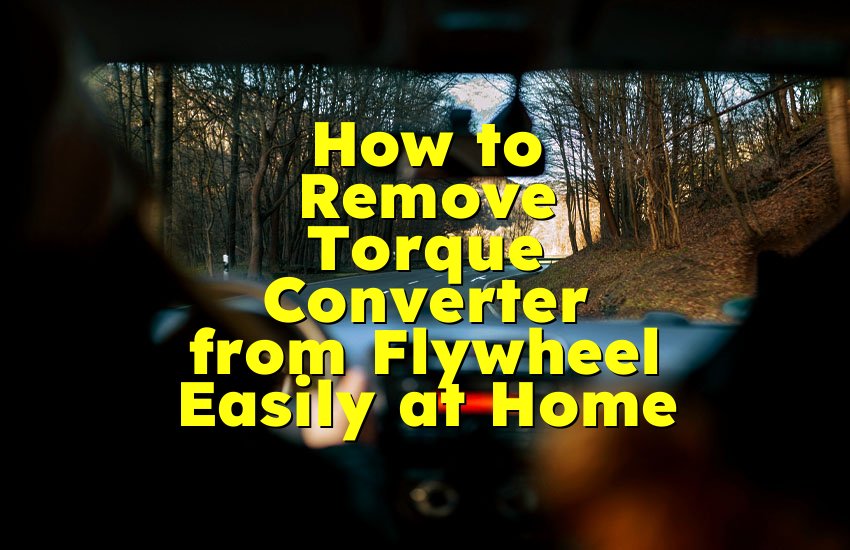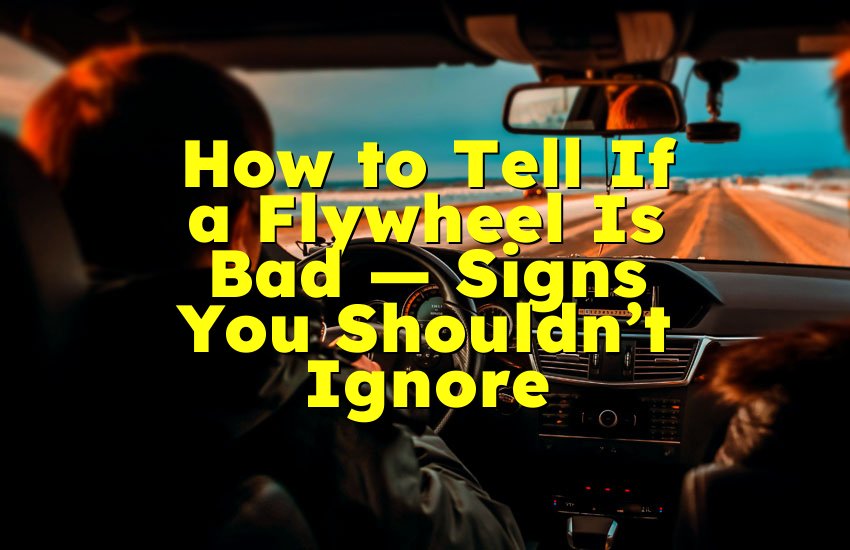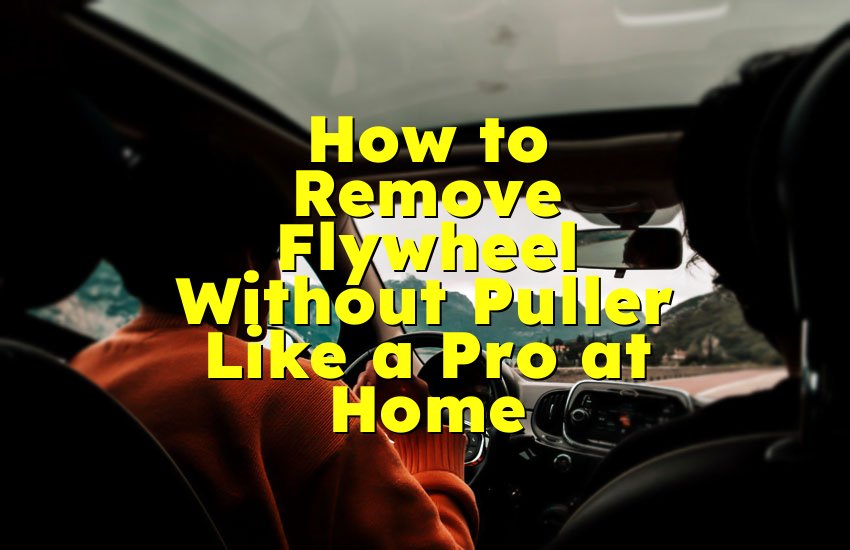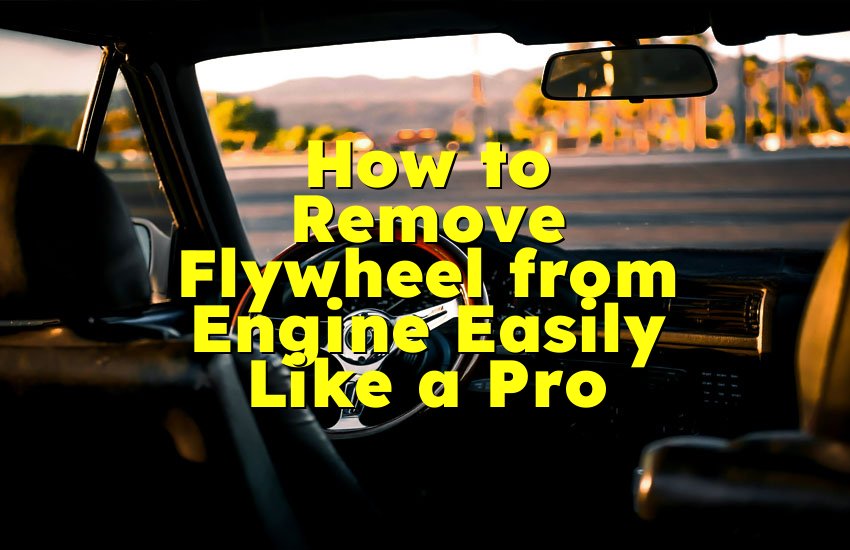As an Amazon Associate, I earn from qualifying purchases at no extra cost to you.
How to Change the Fuel Injectors Like a Pro (6 Steps)
You don’t need to be a car expert to fix your engine problems. If your car shakes, loses power, or uses too much fuel, bad fuel injectors might be the reason. I once thought I had to take my car to a mechanic for every little thing, but I learned how to change fuel injectors myself — and it made a big difference. In this article, I’ll show you exactly how to change the fuel injectors in a simple and clear way, even if you’re doing it for the first time.
Get Ready and Stay Safe
Before you do anything under the hood, you need to get ready. Safety always comes first. I remember the first time I tried fixing something in my car, I didn’t even wear gloves — big mistake.
Fuel is flammable, and fuel injectors deal with that directly. So you need to work smart and safe. First, make sure the engine is cool. Never work on a hot engine. The best time to work is when the car has been sitting for a few hours.
Next, disconnect the car battery. This helps stop any electrical spark that could cause a fire. It also helps reset the car’s system once the new injectors are in. You should also have some tools ready.
You will need a socket set, screwdrivers, gloves, eye protection, fuel line disconnect tools, and maybe a torque wrench. It's also a good idea to have a fire extinguisher nearby. Don't panic — you probably won't need it, but it's better to be safe.
Now gather everything in one place. If you forget something, you'll be running back and forth, wasting time and getting frustrated. Trust me, I've been there. Lay out your tools on a clean cloth.
Put your new fuel injectors nearby, but leave them in their packaging until you’re ready to install them. This keeps them clean. Make sure you have rags or paper towels, because there will be a little fuel spill.
Lastly, read your car's manual. Every car is a bit different. The location of fuel injectors might change depending on the engine type. So knowing where they are and what parts to remove first is important. Don't skip this step, even if you’re feeling confident.
- Always let the engine cool down fully
- Disconnect the battery before starting
- Wear gloves and eye protection
- Keep a fire extinguisher nearby
- Prepare tools and lay them out
- Use rags to catch small fuel spills
- Read your car's manual carefully
Remove the Engine Cover and Locate Injectors
Once you’re ready and safe, it’s time to open the hood and get access to the injectors. Most modern cars have a plastic engine cover. This cover protects the top of the engine and keeps it looking clean.
To remove it, you might need a screwdriver or a socket wrench, depending on your car model. Gently remove the bolts and lift the cover off. Place the bolts somewhere safe so you don't lose them.
Under the cover, you will see parts like ignition coils, fuel rails, wiring, and more. Don't feel overwhelmed — take your time to look around. The fuel injectors are usually found near the intake manifold, connected to the fuel rail.
They look like small nozzles or tubes and have wires connected to them. In most cars, each cylinder has one injector. So if your car has four cylinders, there should be four injectors.
Now you have to remove some other parts to reach the injectors. This often includes the air intake hose and ignition coils. Unclip or unscrew them slowly.
Use your phone to take pictures of the parts before removing them — it will help you remember how to put everything back later. I always do this, and it has saved me many times.
Be careful with the fuel rail. It holds fuel pressure, so releasing it too fast can cause fuel to spray. Find the fuel pressure release valve — it looks like a small tire valve — and press it with a cloth to release pressure. Some cars need a special fuel line tool to disconnect the rail. Once that's done, unbolt the fuel rail slowly and lift it carefully.
- Remove the engine cover using the right tool
- Take photos before removing anything
- Find and identify the fuel injectors
- Remove air intake hose and ignition coils
- Use caution with the fuel rail
- Release fuel pressure slowly
- Lift fuel rail gently to access injectors
Remove Old Fuel Injectors
Now you're ready to take out the old fuel injectors. They are still attached to the fuel rail, so you will need to gently twist and pull them out. Be patient here — if you rush, you could break something or damage the injector port. When I did this the first time, I pulled too hard and cracked the rubber O-ring. That made a big mess. So take it slow and steady.
Each injector has a small electrical connector on it. You need to unplug that first. Gently push the clip and slide the connector off. Once all the wires are unplugged, you can start removing the injectors.
Some injectors may be tight due to years of heat and pressure. You can use a little bit of wiggling motion to loosen them. A fuel injector removal tool can help, but usually your hands will do fine if you're gentle.
Watch out for leftover fuel. Even though you released the pressure earlier, a few drops might still come out. Use your rag or paper towel to catch them. When you take out each injector, check if the rubber O-ring is still on it. If it’s stuck inside the engine, remove it carefully.
Place the old injectors in a box or bag. You might want to keep them for reference or for returning to the store if needed. Do not throw them away just yet.
- Unplug all the wires from the injectors
- Twist and pull each injector out gently
- Use a rag to catch leftover fuel
- Check if the rubber O-ring is still attached
- Do not break the injector or port
- Save the old injectors in a safe place
Install New Fuel Injectors
Now comes the fun part — installing your new fuel injectors. First, take one new injector and apply a little clean engine oil or special grease on the O-ring. This helps it slide in easier and keeps it from tearing. If the O-ring gets damaged, fuel might leak, so be careful here.
Push the injector into the port slowly. You should feel a firm fit, but don't force it. A little pressure should make it slide into place. Do the same with the other injectors, one by one. Double-check that they are seated evenly. If one sits higher than the others, remove it and try again.
Now lower the fuel rail back down over the injectors. Align it properly and press it gently until it clicks into place. Make sure all the injectors are still sitting properly. Bolt the rail back into place using the same bolts you removed earlier.
Connect the fuel lines again. If your car needed a special tool to remove them, use that same tool to reconnect them. Now plug the wires back into the injectors. Listen for a small click — this means the connector is locked in.
You're almost done now. Look over everything to make sure nothing is loose. Check the rubber seals. Look at your pictures from earlier to see if everything looks the same.
- Apply oil on new injector O-rings
- Push each injector into the port carefully
- Seat all injectors evenly
- Reinstall the fuel rail over the injectors
- Reconnect fuel lines properly
- Plug wires back into the injectors
- Double-check everything is in place
Put Everything Back Together
Once the new injectors are in, it’s time to reassemble your engine. This part is just as important as installing the injectors. Go back through your earlier steps in reverse. Start by reconnecting any ignition coils or air hoses that you removed. Use your phone pictures as a guide. I always use them to make sure I don’t miss anything.
Tighten all the bolts and clamps securely. If anything feels loose, fix it now — not later. A loose part can cause engine trouble or fuel leaks. Don't rush. Take your time to make sure each part is back in the right place.
Now reinstall the engine cover. Tighten its bolts and make sure it’s not crooked. Then go back to the battery and reconnect it. This will reset your car's system and help it adjust to the new injectors. When I did this step, my check engine light turned off by itself after a few minutes. That's a great feeling.
Start the car and let it idle for a few minutes. Listen for strange sounds. If the engine runs smooth and quiet, you did it right. If there's a strong fuel smell or the engine shakes, turn it off and check everything again.
- Reconnect ignition coils and hoses
- Tighten all bolts and clamps securely
- Reinstall the engine cover
- Reconnect the battery
- Start the car and listen carefully
- Check for leaks or smells
- Let it idle and watch for warning lights
Test the Car and Look for Problems
Now it's time to test your hard work. Start the engine again and let it run for at least 5 to 10 minutes. Watch the RPM on your dashboard — it should stay steady.
If it jumps around, there might still be a problem. Also check under the hood while the car is running. Look for any fuel leaks near the injectors or the rail. Smell for gasoline. A small leak can become a big danger.
Take the car for a short drive. At first, stay close to home in case you need to stop quickly. Feel how the car drives. Is it smoother? More powerful? That's how it should be. If your car was having problems like rough idle or weak acceleration before, they should be gone now.
Pay attention to your gas mileage over the next few days. Good fuel injectors help save fuel. You might see better numbers on your dashboard or at the gas station. This is one of the most rewarding parts of doing the job yourself.
If you hear knocking, smell gas, or feel shaking, don't ignore it. Open the hood again and check your work. It could be something as simple as a loose wire.
- Start the car and let it idle
- Watch RPM for steady running
- Look and smell for leaks
- Take a short test drive
- Notice better power and smoothness
- Check fuel mileage over time
- Recheck all parts if anything feels wrong
Final Thoughts
Changing fuel injectors might seem hard at first, but once you go step by step, it’s not so scary. I used to avoid anything under the hood, but learning this job gave me new confidence. You don't need to be a mechanic — just someone willing to learn. Now your car runs better, saves fuel, and feels stronger. Just remember, take your time, stay safe, and double-check every step. You've got this.
| Task | Tools Needed | Tips | Time Needed |
|---|---|---|---|
| Cool engine & disconnect battery | Gloves, wrench | Wait 2-3 hours after driving | 10 mins |
| Remove engine cover | Screwdriver, socket wrench | Keep bolts in a safe spot | 5-10 mins |
| Locate fuel injectors | Manual, flashlight | Take photos for reference | 10 mins |
| Release fuel pressure | Rag, valve tool | Use caution, small fuel spill | 5 mins |
| Remove old injectors | Hand tool, rag | Be gentle, avoid damage | 20 mins |
| Install new injectors | Oil, gloves, hand tools | Oil O-rings for smooth fit | 20-30 mins |
| Reassemble all parts | Phone (photos), tools | Check everything is tight | 15-20 mins |
| Test the engine and drive | No tools needed | Check for leaks or smells | 10-15 mins |
Frequently Asked Questions (FAQs)
Is it safe to change fuel injectors by myself?
Yes, it’s safe if you follow all the steps carefully and take safety seriously. Make sure the engine is cool, wear gloves and safety glasses, and always disconnect the battery first. Fuel can be dangerous, so never smoke or use fire near the engine. Keep a fire extinguisher nearby, just in case. If you're unsure about anything, take your time or ask for help from someone who has done it before. It's not hard once you learn, and doing it yourself saves a lot of money.
Can I change only one fuel injector?
Yes, you can change just one if only that one is bad. But it’s often better to replace all of them at the same time, especially if they are old. When one goes bad, the others might not be far behind. Changing all at once saves time later. Also, new injectors work best when matched. If you mix old and new, the engine might not run as smooth. If cost is a problem, change the broken one now and plan to do the rest soon.
Do I need special tools to remove fuel injectors?
Most of the tools are basic — like screwdrivers, socket wrenches, and pliers. But some cars need a special fuel line disconnect tool. This helps remove the fuel rail safely. You can find these tools at auto parts stores or online. They're not expensive and can be reused. Having the right tools makes the job faster and safer. Always check your car's manual first to see if your model needs any special tools before starting.
Is it normal for fuel to spill during the change?
A small amount of fuel may spill when you remove the injectors or the fuel rail. This is normal. But it should be just a few drops. That's why you need a rag or paper towel ready. If a lot of fuel pours out, stop and check if you released the pressure correctly. Also make sure the engine is not hot. Fuel vapor and heat can be dangerous. Always work in a well-ventilated space to avoid breathing in fumes.
Can new injectors fix poor gas mileage?
Yes, new fuel injectors can make a big difference in gas mileage. Old or dirty injectors do not spray fuel properly. This causes the engine to use more fuel than needed. Once you replace them, your engine burns fuel more efficiently. You may notice better mileage in a few days. Keep track of your fuel use after the change. If your car still uses too much gas, other parts might need checking, like air filters or spark plugs.
Do I need to reset anything after replacing fuel injectors?
Usually, when you reconnect the battery, the car resets itself. The computer learns the new injector settings after a short time. Let the engine idle for a few minutes, and then take a short drive. If the check engine light stays on, you can use a code reader to clear it or visit an auto shop. Most of the time, no extra steps are needed, but if the car feels rough, a reset may help.
Is it okay to reuse old fuel injector seals?
No, it's not a good idea to reuse old seals. The rubber O-rings can get hard or cracked over time. Reusing them might cause fuel leaks. Always use the new seals that come with your new injectors. If they didn't come with any, buy a new set. They're not expensive, and they're important for safety and good performance. A leaking seal can cause a fuel smell, poor engine running, or even a fire hazard.
Can I drive right after installing new injectors?
Yes, but it’s best to let the engine run for a few minutes first. This helps the car’s computer learn the new injectors. It also gives you time to listen for any strange noises or check for fuel leaks. If everything sounds and smells good, you can take a short test drive. Stay close to home at first. If the car runs smooth and there’s no problem, you’re good to go. Just keep an eye on it over the next few days.











